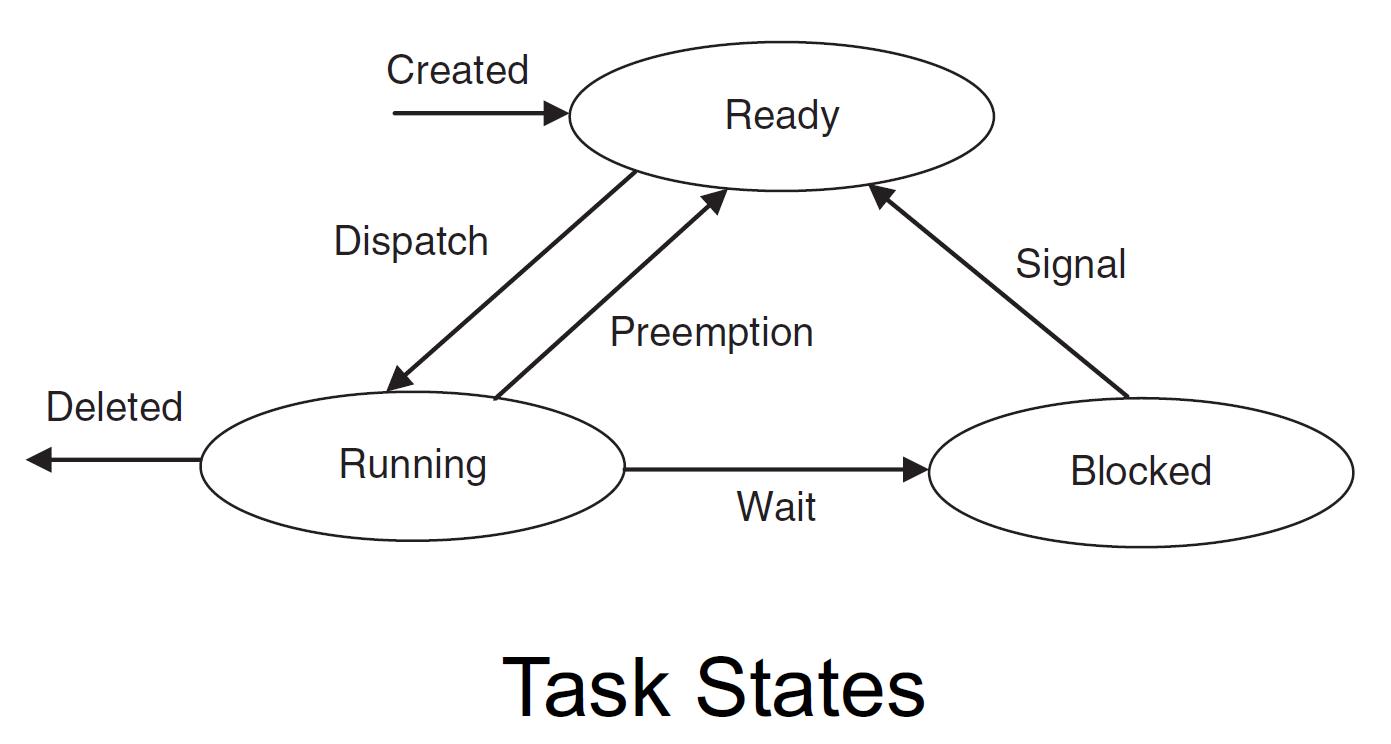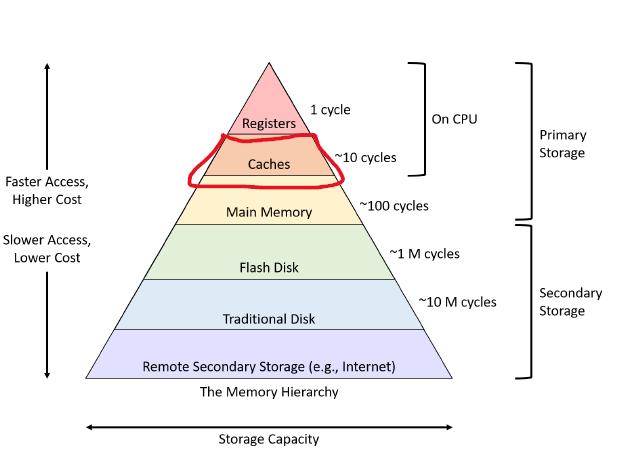Embedded Architecture
Posted charlie-hhht
tags:
篇首语:本文由小常识网(cha138.com)小编为大家整理,主要介绍了Embedded Architecture相关的知识,希望对你有一定的参考价值。
词汇:
Reactive systems
Microprocessor 微处理器 (CPU)
Micro Controller Unit (MCU) eg. ARM
bare metal 裸机
Parallelism 并行
Multicore 多核
DSP 数字信号处理器
SOC System on Chip
Scheduling 调度
Non-volatile 非易失的
register 寄存器
Paging 内存分页
parallel & serial 并行 串行
Embedded Systems:
- Energy efficient
- Code size and data memory efficient
- Run Time efficient
- Weight and Cost
- Reactive: Reactive systems must react to stimuli from the system environment
Embedded System 相比 GENERAL PURPOSE COMPUTING
APP少,不好编程,cost,power


Memory
Moore’s law:observation that the number of transistors in a dense integrated circuit doubles about every two years
Memory wall:A Memory constrain, According to Moore’s Law, which states that the number of transistors in a circuit doubles every two years, CPUs will eventually become too fast to yield any noticeable difference in computing speed. Once we reach this so-called memory wall, program/app execution time will depend almost entirely on the speed at which RAM can send data to the CPU.
Memory constrain
• Speed gap between processor and main
DRAM increases
• Memory access time is much larger than
processor cycle time
• Clock speed increase has come to a halt,
but gap is still there!
• Similar problems also for embedded
systems
SRAM
Latency: very fast (< 1ns)
Cost: high
Power consumption: low
Retention: as long as voltage applied
Caches (kB-MB)
DRAM
Latency: fast but slower than SRAM (10ns)
Cost: very low
Main memory (MB-GB)
Flash memory
HDD

execution cycle
• Fetch instruction from memory.
• Decode instruction.
• Execute.
I/O
I/O mechanisms
• Memory Mapped I/O (MMIO)
MMIO uses special memory locations in the normal address space of the CPU to communicate with real-world devices
• Port-Mapped I/O (PMIO)
PMIO uses special instructions (e.g. IN OUT) to transfer data between the computer system and the outside world. peripheral devices mapped to this area do not consume space in the memory address space.
- [PMIO might be more suitable for microcontrollers: save
memory space, easy decoding (limited number of ports), but
extra control wires]
• Direct Memory Access (DMA)
Direct Memory Access (DMA):DMA is a special form of memory-mapped I/O where the peripheral device reads and writes data in memory without going through the CPU.
Parallel vs. Serial:
Parallel Interface
• Sends multiple data bits at the same time over multiple channels
• High speed.
• High cost, cable length, complexity
• E.g. ISA, PATA, PCI
Serial Interface
• sends data bits one after another over a single channel
• Long-distance data transfer
• Normally slower than parallel
• Reduction of size (fewer pins needed) and cost
• Synchronous transmission (e.g. SPI, I2C)
• Asynchronous transmission (e.g. UART)
SPI: 串行,主从关系,有clock,
• Pros: 通信简单, higher transfer rate (I2C), sent receive at the same time
• Cons: use 4 wires, no acknowledgement of data received, no error checking, single master
UART:来自CPU的并行信号转成串行UART进行传输
• Pros: simple (two wires), no clock signal, error checking (parity),
structure of the data packet can be changed.
• Cons: size of data frame limited to max. 9 bits, does not support
multiple slaves
I2C:
connect multiple slaves to multiple masters, 2 wires,data is transferred in messages, messages are broken up into frames of data,The message also includes start and stop conditions, read/write bits, and ACK/NACK bits between each data frame
• Pros: 2 wires, multiple masters and slaves, transfer confirmation,
well used
• Cons: slower data transfer than SPI, limited data frame size (8
bits), more complicated than SPI
Sensors:
• Passive sensor: no need of additional energy source and directly generates electric signal in response to the stimulus (e.g. thermocouple,
piezoelectric sensor)
• Active sensor: requires external power (excitation signal) which is modified by the sensor to produce the output signal (e.g. sonar, radar)
Sensor characteristics: static
• Accuracy: the capacity of a measuring instrument to give
results close to the true values of the measured quantity;
related to the bias of a set of measurements and measured by
the absolute and relative errors
• Precision: the capacity of a measuring instrument to give the
same reading when repetitively measuring the same quantity
under the same prescribed conditions; related to the variance of
a set of measurements, implies agreement between successive
readings not closeness to the true value.
Repeatability vs Reproducibility?
• Resolution: the minimal change of the input necessary to
produce a detectable change at the output
• Errors: systematic (predictable, human errors, imperfect
calibration, can be corrected) and random (noise, chance)
• I/O range: maximum and minimum value of the physical
variable that can be measured
• Sensitivity: how much the output signal varies per input unit.
slope of the calibration curve (linear transfer function); first
derivative of the transfer function (non-linear).
Power and Energy:
Dynamic Power Management
1.Dynamic operation modes
2.Dynamic voltage/frequency scaling
Energy Harvesting
Light energy: Photovoltaic
RF Energy
Kinetic Energy: Wind, Ocean Waves
Pressure
thermal
以上是关于Embedded Architecture的主要内容,如果未能解决你的问题,请参考以下文章
Windows 7 Embedded - 以编程方式禁用磁盘缓存: